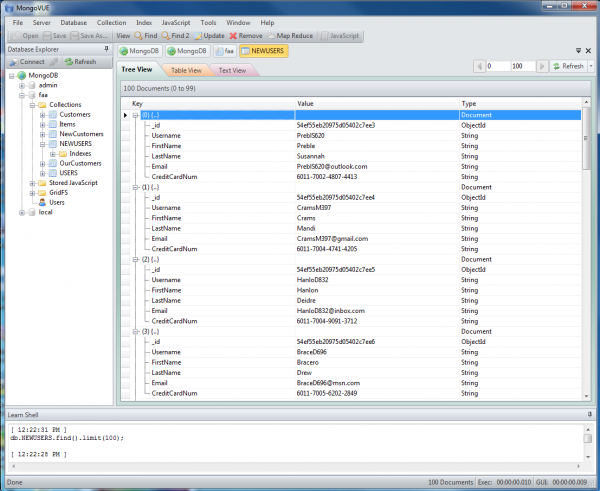
Creating Test Data for MongoDB
Introduction: This example demonstrates an older method of using IRI RowGen to generate and populate large or complex collection prototypes for testing or system capacity using flat files. Read More

Introduction: This example demonstrates an older method of using IRI RowGen to generate and populate large or complex collection prototypes for testing or system capacity using flat files. Read More
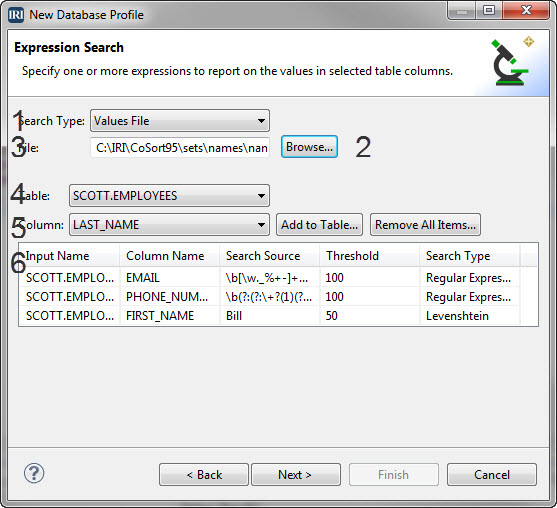
Editors Updates: Q2’16: In addition to the database profiling wizard in the data discovery menu group in IRI Workbench described below, IRI has introduced robust data classification that enables the application of field rules for multi-source data transformation and protection through data class libraries. Read More
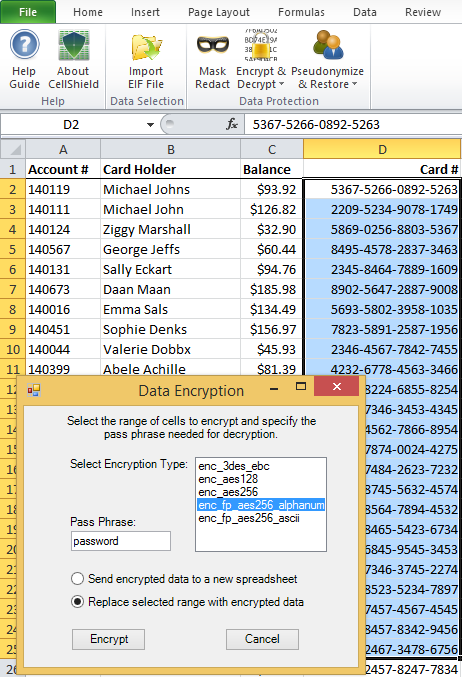
This is the third in a four-part series describing IRI CellShield data masking software for Excel, and its format-preserving encryption function in particular; the series overview starts here. Read More
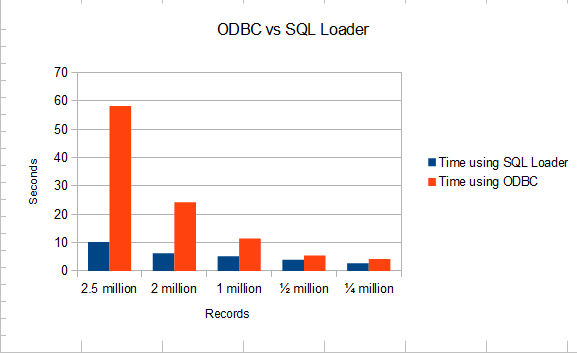
The Opening Question
ODBC gets a bad rap for speed sometimes … but should it? You’d think from what’s posted online that ODBC is intrinsically slow:
Microsoft disagrees in the case of SQL Server. Read More
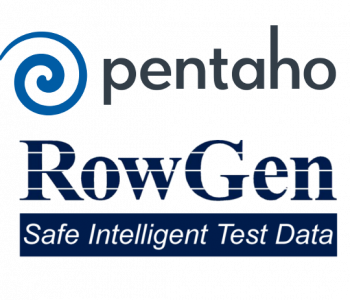
This article is third in a 3-part series on using IRI products to expand functionality and improve performance in Pentaho systems. We first demonstrate how to improve sorting performance, and then introduce ways to mask production data, and create test data, in the Pentaho Data Integration (PDI) environment. Read More
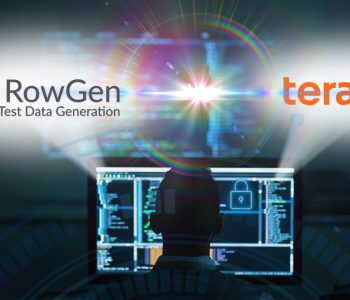
There are a variety of testing requirements for any data warehouse and database — and especially dual platforms like Teradata — where ETL and BI prototypes, application stress testing, and performance benchmarking are essential. Read More
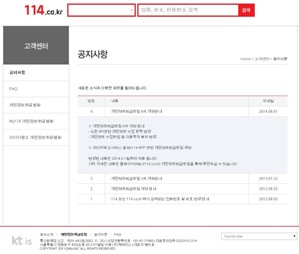
RowGen produces test values in target database tables, flat files, and custom reports through either random data generation (based on the defined data type) or random selection (using different random pull methods) from data in “set files.” Read More

The value of good test data to DBAs is well known:
“Testing of database-intensive applications has unique challenges that stem from hidden dependencies, subtle differences in data semantics, target database schemes, and implicit business rules. Read More
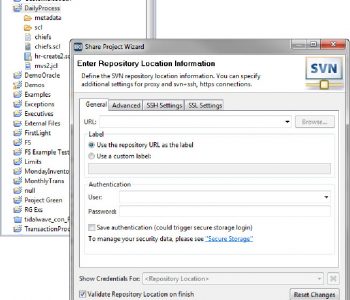
This article is the last of a 4-step series introduced here.
Step 4: Test Data Sharing & Persistence
Being able to modify, deploy, store, and re-use test data is important. Read More
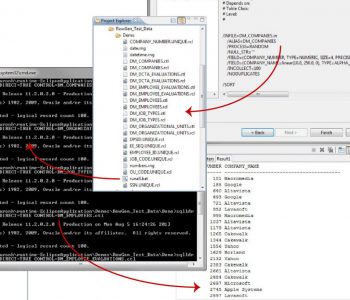
This article is part of a 4-step series introduced here. Navigation between articles is below.
Step 3: Test Data Generation & ProvisioningIn prior steps outlined in this series, you have determined the purpose and properties of the data, and who will produce and consume it. Read More
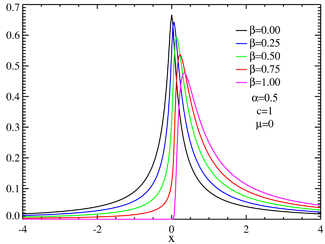
This article is part of a 4-step series introduced here. Navigation between articles is below.
Step 2: Test Data Needs Assessment
Once the questions of who needs test data for what — and who will be dealing with it along its lifecycle are answered (see Step 1) — a deeper dive is needed into the specific technical aspects of the data itself. Read More